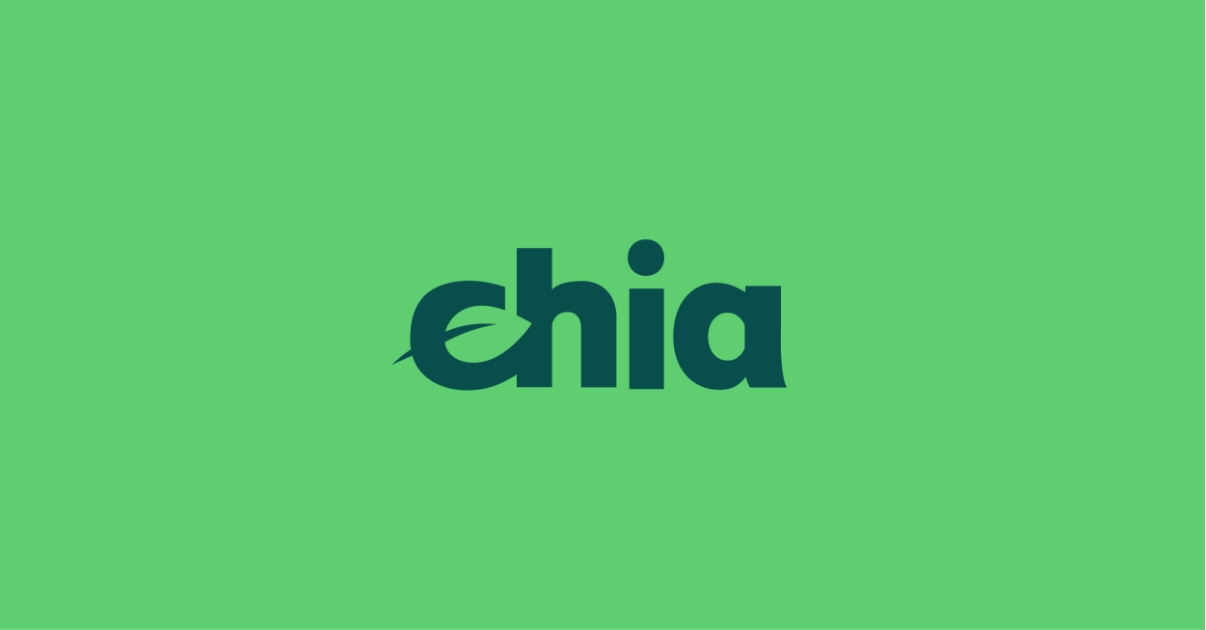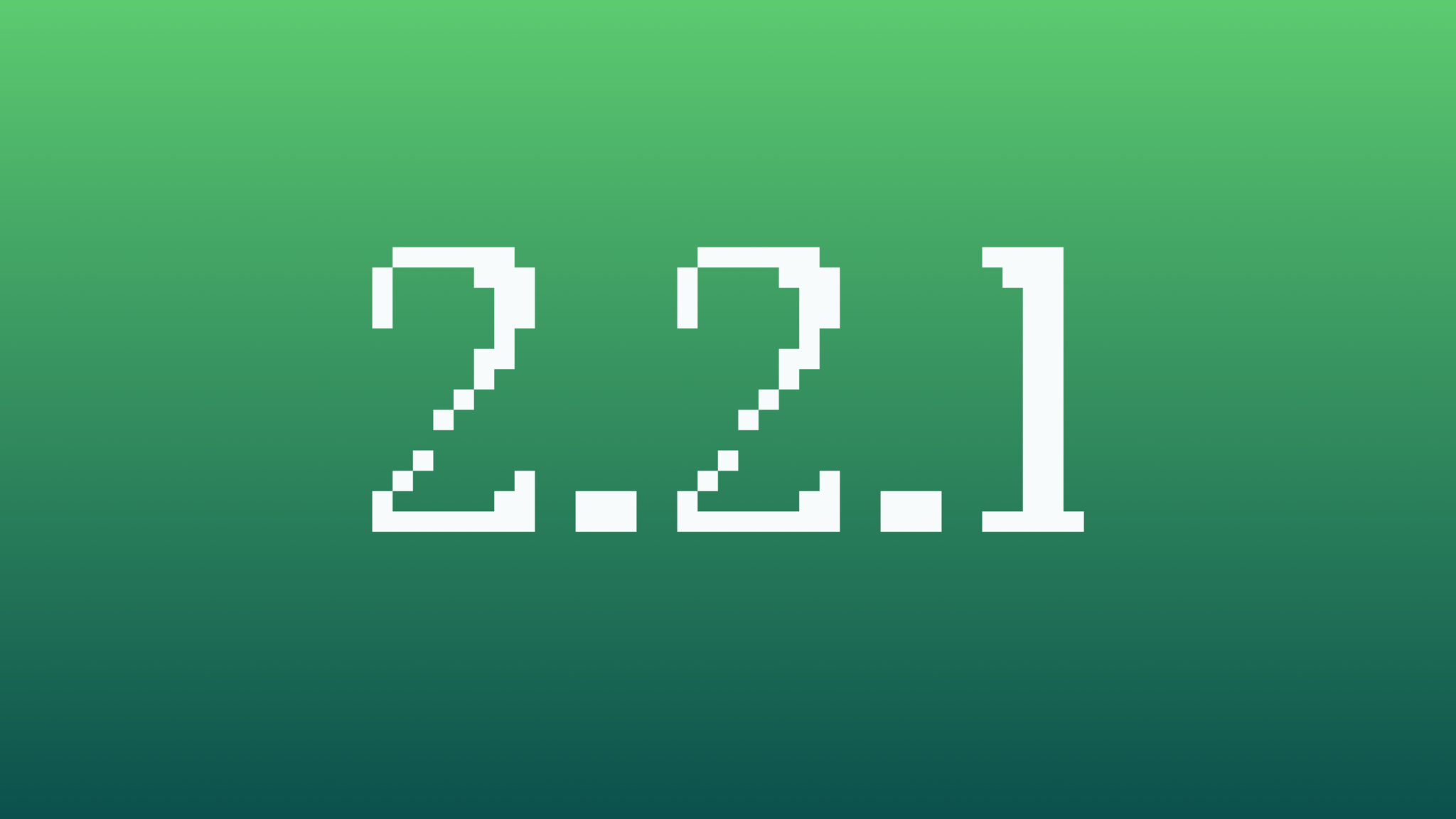
Imagine you’re an artist. Oil on canvas. You’re just getting started, so you sell your paintings at a discount while you build your clout. Years go by, your audience grows, you keep creating. Finally, after decades of painting and hustling, your artwork is bringing in good money. One day an early supporter discovers a dusty old painting of yours in their attic. They list it in an auction, and it sells for millions.
Who gets the money?
The seller keeps most of it, and the auction house gets the rest.
How much do you earn?
Zero. Zilch. Nada.
This dilemma has existed in the traditional art world since time immemorial. They’re not called “starving artists” for nothing. A couple of years ago, NFTs were hailed as the solution. Upon each sale, the NFT’s creator would be sent a royalty payment. This would provide artists with a new revenue stream. Their bellies would be full at last!
That was the promise, at least. Reality has been less rosy.
The requirement of trusted intermediaries poses the primary problem. When you sell an NFT, the buyer is rarely sitting next to you. You don’t know each other. You don’t trust each other. You live in different countries, speak different languages. You can’t just send an NFT to someone and expect them to pay you in return. An entity you both trust is needed to facilitate the trade. Right?
Until Chia came around, this was true. Central marketplaces were required for secure sales of NFTs, and it was entirely up to them if they wanted to enforce royalty payments. During the last crypto bull run, the marketplaces happily paid royalties to creators. There was plenty of money to go around. Everyone was giddy, euphoric even. The dream was alive.
But in the last few months, reality has slapped the industry. We’re in a bear market. Money’s tight. And most of the NFT marketplaces are revealing that their fingers have been crossed this whole time. In order to attract NFT buyers to their platforms, they have stopped honoring creator royalties. Buyers save money by not paying these royalties. Marketplaces make more money by bringing in buyers. It’s win-win. The only losers are the artists. Their bellies are empty, yet again.
It doesn’t have to be this way.
Chia NFTs provide a better path forward. Creator royalties are not mere suggestions. They’re built into the NFTs themselves, making them cumbersome and costly to circumvent. On top of that, marketplaces aren’t even required. Alice can sell an NFT directly to Bob even if they live on opposite ends of the Earth. They don’t know each other. They don’t trust each other. That’s OK – neither side can cheat the other. On Chia, peer-to-peer NFT sales have been unlocked, and royalties follow an immutable payment structure.
Trustless peer-to-peer sales. Automatic royalty payments. Decentralized, programmable assets. These concepts may sound like futuristic wizardry, but they are available to you, today, on Chia.
How is this possible? Before we jump into the details, let’s start by examining why on-chain royalties are not possible on Ethereum.
Ethereum’s NFT Standards
Almost all Ethereum NFTs follow either EIP-721 or EIP-1155. Neither of these standards make any mention of royalties, so they only exist as a social contract.
Couldn’t a new standard be devised that does enforce royalties? Yes – in fact, EIP-2981 was created exactly for this purpose. This standard includes a function that inputs the NFT’s ID and sales price, and outputs the royalty’s recipient address and amount.
However, EIP-2981 also makes it clear that it is up to the marketplaces to decide whether to enforce royalty payments:
“This minimalist proposal only provides a mechanism to fetch the royalty amount and recipient. The actual funds transfer is something which the marketplace should execute.”
Given that none of these three standards force royalty payments as a condition of an NFT’s sale, you might wonder if such a standard will ever be created. This appears unlikely. The reason has to do with the structure of Solidity, Ethereum’s smart contract programming language.
Solidity contracts can be wrapped inside other contracts, like putting a box inside another box. This feature is essential in Ethereum to support the trading of assets from other blockchains, such as Bitcoin’s. There are already a few standards, such as EIP-4799 and EIP-4907, which can be used to wrap an NFT. When the asset is sold, the outer contract ignores the rules of the inner contract. And the outer contract is under no obligation to enforce royalty payments.
In other words, a new set of rules can be layered on top of a Solidity contract.
Another facet of Solidity smart contracts is that they are inherently centralized. A contract is a single program with which multiple people or other contracts interact. NFT contracts keep a list of which accounts own which NFTs, but the NFT owners typically do not possess the keys that control the contract itself. Not your keys, not your crypto.
How Chia Is Different
The aforementioned issues don’t apply to Chia because Chia doesn’t have smart contracts. Instead, it has smart coins.
Chia coins are programmable money that can be made to represent assets. Each NFT is a special type of smart coin that only its owner controls. There is no central contract with which NFTs can interact. This makes Chia NFTs (along with other assets on Chia’s blockchain) inherently decentralized.
Can Chia coins be wrapped, like Solidity contracts? Yes, but the coins have to explicitly allow themselves to be wrapped. And NFTs that follow Chia’s NFT1 Standard do not allow anything to wrap them. It’s simply not possible to add a new set of rules to a Chia NFT.
Once an NFT has been minted, its royalty structure can never be changed. On the other hand, the royalty structure of Ethereum NFTs can be changed via wrapping. This is the key reason why Chia NFTs can support on-chain royalties, and Ethereum NFTs cannot.
Chia’s On-Chain NFT Royalties
Whenever a Chia NFT is sold, a Transfer Program, embedded in the NFT, is executed. This program requires the buyer to pay the correct royalty. For example, if an NFT sells for 1 XCH and includes a 3% royalty, then the buyer of the NFT must pay 1.03 XCH, where 1 XCH is sent to the seller, and the other 0.03 XCH is sent to the royalty address. If the royalty is not included in the sale price, the NFT sale will fail, and no money will change hands.
Typically, royalties will be sent to the NFT’s creator, but this is not a requirement. For example, the royalty address of the Chia Friends collection is owned by the Marmot Recovery Foundation, a non-profit organization whose goal is to save the Vancouver Island marmot from extinction.
Because Chia coins are programmable money, more complex royalty distributions are also possible. There is currently a proposal to standardize a method to split royalties from a single address. This would enable, for example, multiple creators to receive some of the royalties, and a charity to receive the rest.
Chia Offers
Chia NFTs are sold with Offers, which enable the peer-to-peer trading of assets on Chia’s blockchain, with no counterparty risk.
Here’s an example of how they are used: Alice wants to sell her NFT for 1 XCH. Using her Chia wallet, she creates an Offer file which contains the terms of the sale. Alice then shares her Offer however she wants – in an email, on social media, on a decentralized marketplace such as Dexie, etc. The file does not contain any private information, so it can safely be shared through non-secure protocols.
Bob wants to buy the NFT. He loads the Offer in his Chia wallet and decides whether to accept it. The terms of the Offer cannot be changed. If Bob accepts the Offer, the royalty payment will automatically be enforced, and the assets are traded on-chain.
This entire process can be undertaken without using a marketplace. Alice and Bob don’t need to know each other. They don’t need to trust each other. And because royalties are baked into every NFT, whenever one is sold using an Offer, a royalty payment must be made.
Decentralized Identifiers
Chia NFTs also incorporate Decentralized Identifiers (DIDs), which provide a method to prove one’s identity online. DIDs cost nothing to create, and they maintain a user’s pseudonymity. NFT Creators can then associate their DID with each of their NFTs. This allows prospective buyers to verify that the NFTs are, in fact, authentic. NFT owners can also use their DID to prove ownership on websites such as MintGarden or Discord.
Our DID1 Standard is still being developed. Once it is finalized, we intend it to be conformant with the W3C specification, which will enable a host of other use cases. However, Chia DIDs already provide NFTs with a powerful new tool to prove identity and authenticity.
Limitations of Enforcement
Chia’s NFT1 Standard was designed to strike a balance between convenience and strict enforcement. With this in mind, the Transfer Program that shipped with NFT1 also allows transfers. This enables a user to send an NFT from one wallet they own to another. The transfer is not a sale, so no royalties are enforced.
Couldn’t a seller simply circumvent paying royalties by transferring an NFT to a buyer’s wallet in exchange for XCH? Yes, but both parties would have to agree to skirt the royalty system, and the transaction would be publicly viewable on the blockchain. On top of that, this trade would not use an Offer, so both parties would need to trust each other, or take the risk of their assets being stolen.
By enabling NFTs to be sold with Offers, Chia has created an incentive structure that enforces on-chain royalties while removing counterparty risk. NFTs can be safely sold on decentralized exchanges, or even completely peer-to-peer. And NFTs never need to leave their owner’s custody until they are sold.
While there are ways to bypass the payment of NFT royalties on Chia’s blockchain, they come with significant tradeoffs. We’ve intentionally designed NFTs to make paying royalties easier, safer, and often cheaper than bypassing them. DIDs also have instilled a strong social expectation and sense of responsibility from Day 1. For Chia NFTs to be taken seriously, they must be attached to DIDs.
Chia’s on-chain enforcement of NFT royalties is an industry first, and it rewards the creators who make this ecosystem vibrant. We hope you enjoy the experience as much as we do!





